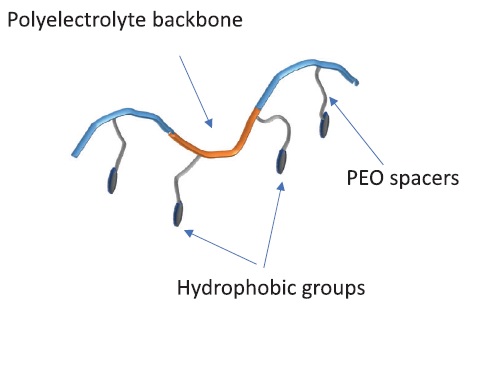Hydrophobically Modified Alkali Soluble Emulsion Polymers: Literature Review
Vitiello, R., Rossano, C., Russo Krauss, I., D’Errico, G., Di Serio, M.
Journal of Surfactants and Detergents, 2020, 23(1), pp. 5–19 https://doi.org/10.1002/jsde.12361
Abstract
In recent years, interest in the class of water‐soluble polymers—hydrophobically modified alkali soluble emulsion (HASE)—has increased on a surprising scale. With respect to other associative polymers, they have several advantages in terms of cost and ease of handling and utilization. In addition, unlike the solvent‐based formulations, these water‐soluble systems do not contain volatile solvents and hence do not contribute to environmental problems. In solutions, HASE polymers form a transient network through molecular associations between the hydrophobic groups. Due to these hydrophobic interactions, they have been increasingly used as rheology modifiers for various applications, such as paints, cosmetics, and personal care and paper coating products. These associative polymers have an architectural richness that allows the fine tuning of several physicochemical properties, and their optimal use requires controlling polymer concentration, molecular weight, size of the hydrophobic groups, and characteristics of the polymeric backbone. We give an overview of several studies on HASE polymers reported in the literature, focusing on the molecular structure, the synthetic methodologies, and—more specifically—on the factors that affect the rheology of their aqueous mixtures. As a general rule for the optimal HASE design and formulative exploitation, we highlight that the hydrophobic hanging groups are responsible for the rheological changes in the liquid phase, while the steric hindrance of the polymeric backbone and of the hydrophobic groups causes the stiffness.

